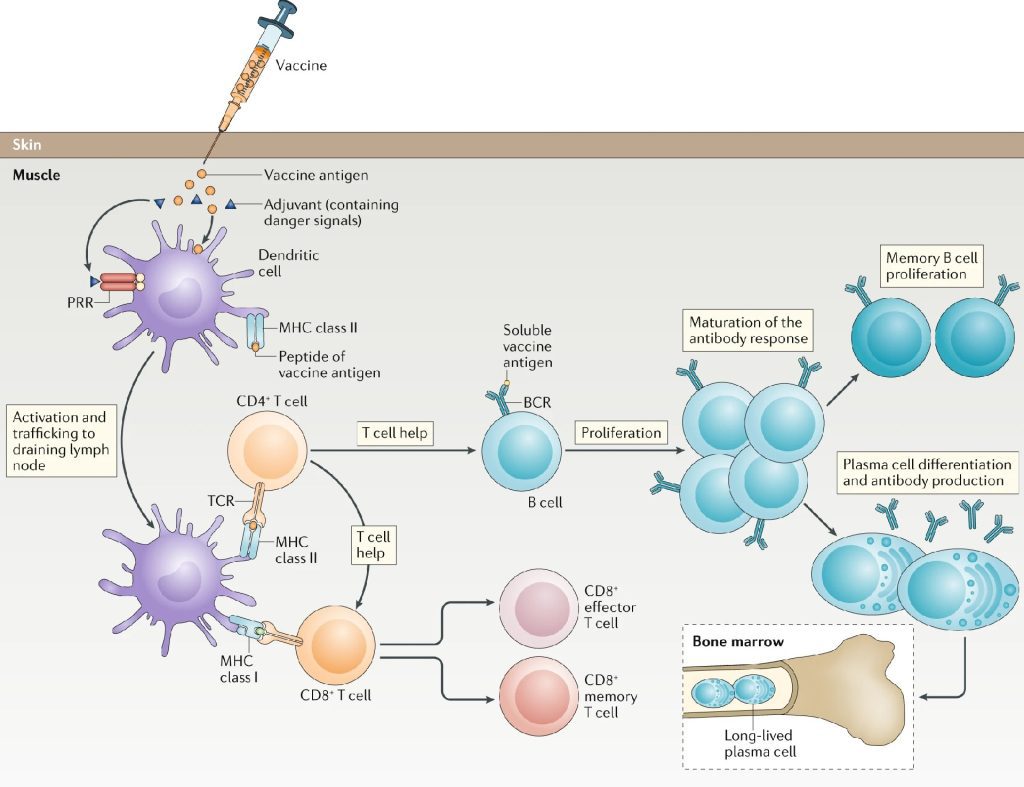The production of antibodies for research and therapeutic purposes is a sophisticated field that combines biotechnology, immunology, and genetic engineering. This arena has seen remarkable advancements, shaping how diseases are treated and understood. Here are ten fascinating facts about this cutting-edge field.
1. Custom Antibody Generation
Scientists can create antibodies tailored to recognize specific proteins, pathogens, or cells. This process involves immunizing animals with an antigen to elicit an immune response, then harvesting and purifying the antibodies produced. These custom antibodies are critical for research, diagnostics, and therapy.
2. Monoclonal vs. Polyclonal Antibodies
In therapeutic and research contexts, antibodies are classified into monoclonal and polyclonal based on their production methods and specificity. Monoclonal antibodies are derived from a single B cell clone and recognize one epitope, while polyclonal antibodies are sourced from multiple B cell clones, recognizing multiple epitopes on an antigen, offering a broader response.
3. Hybridoma Technology
The creation of monoclonal antibodies revolutionized by the development of hybridoma technology in 1975. This method involves fusing an antibody-producing B cell with a myeloma (cancer) cell, creating a hybrid cell (hybridoma) that can both produce the desired antibody and proliferate indefinitely in culture.
4. Recombinant Antibody Production
Advancements in genetic engineering have enabled the production of recombinant antibodies, which are produced by inserting the gene sequences encoding the antibody into bacterial, yeast, or mammalian cells. This method offers improved consistency, scalability, and the ability to modify the antibodies for enhanced efficacy or reduced immunogenicity.
5. Antibody-drug Conjugates (ADCs)
ADCs represent a breakthrough in targeted cancer therapy. These are monoclonal antibodies linked to a drug or radioactive compound. The antibody binds to specific targets on cancer cells, delivering the therapeutic agent directly to the tumor, minimizing damage to healthy cells.
6. Bispecific Antibodies
Bispecific antibodies are engineered to recognize two different antigens or epitopes simultaneously. This capability makes them particularly useful in cancer therapy, where one part of the antibody can target a tumor cell, and the other can recruit and activate immune cells to destroy the tumor.
7. Phage Display Technology
Phage display technology is a method used to discover novel antibodies and engineer their properties. It involves displaying antibody fragments on the surface of bacteriophages (viruses that infect bacteria) and screening them against antigens to identify high-affinity binders.
8. Humanized and Fully Human Antibodies
To reduce the risk of immune reactions, researchers have developed humanized and fully human antibodies for therapeutic use. Humanized antibodies are derived from non-human species but have been modified to resemble human antibodies closely. Fully human antibodies are produced using transgenic mice or phage display libraries, completely bypassing the need for non-human antibodies.
9. The Role of Cryo-Electron Microscopy
Cryo-electron microscopy (Cryo-EM) has become a crucial tool in antibody research, allowing scientists to visualize antibodies bound to their antigens at near-atomic resolution. This technique helps in understanding how antibodies neutralize pathogens and assists in the design of vaccines and therapeutics.
10. Antibodies in Diagnostic Kits
Beyond therapeutics, antibodies play a vital role in diagnostics. They are used in tests such as ELISA, rapid antigen tests, and immunohistochemistry to detect the presence of pathogens, proteins, or biomarkers in samples. The specificity and sensitivity of antibodies make them invaluable in these applications.

